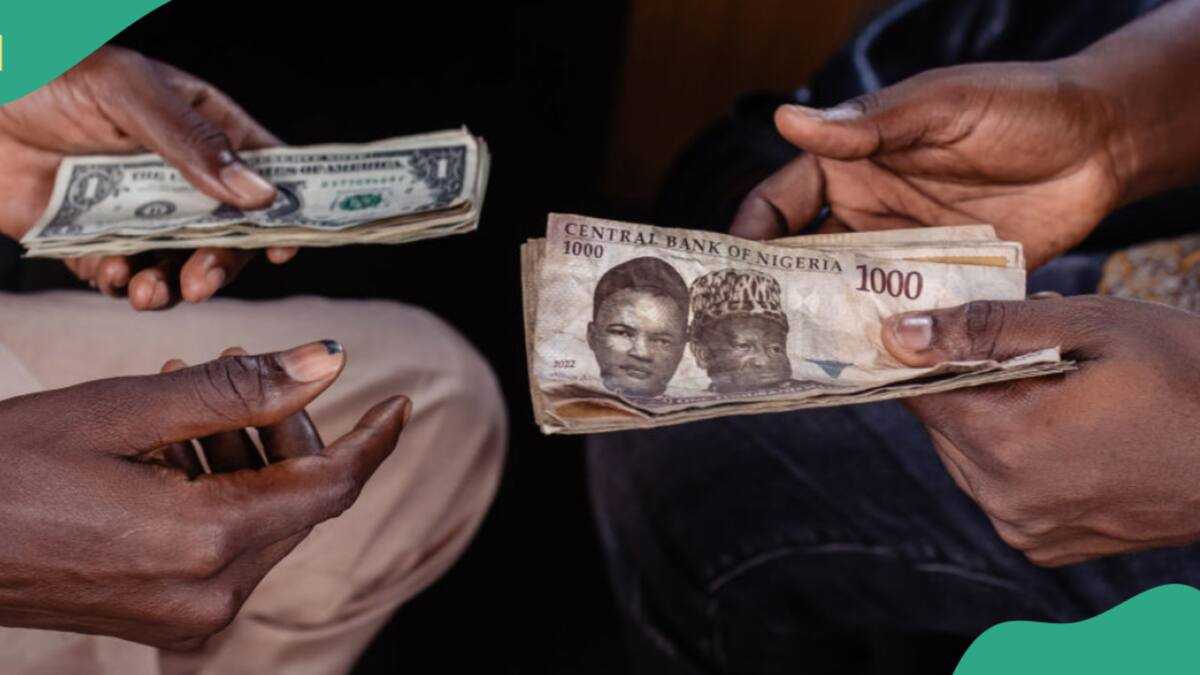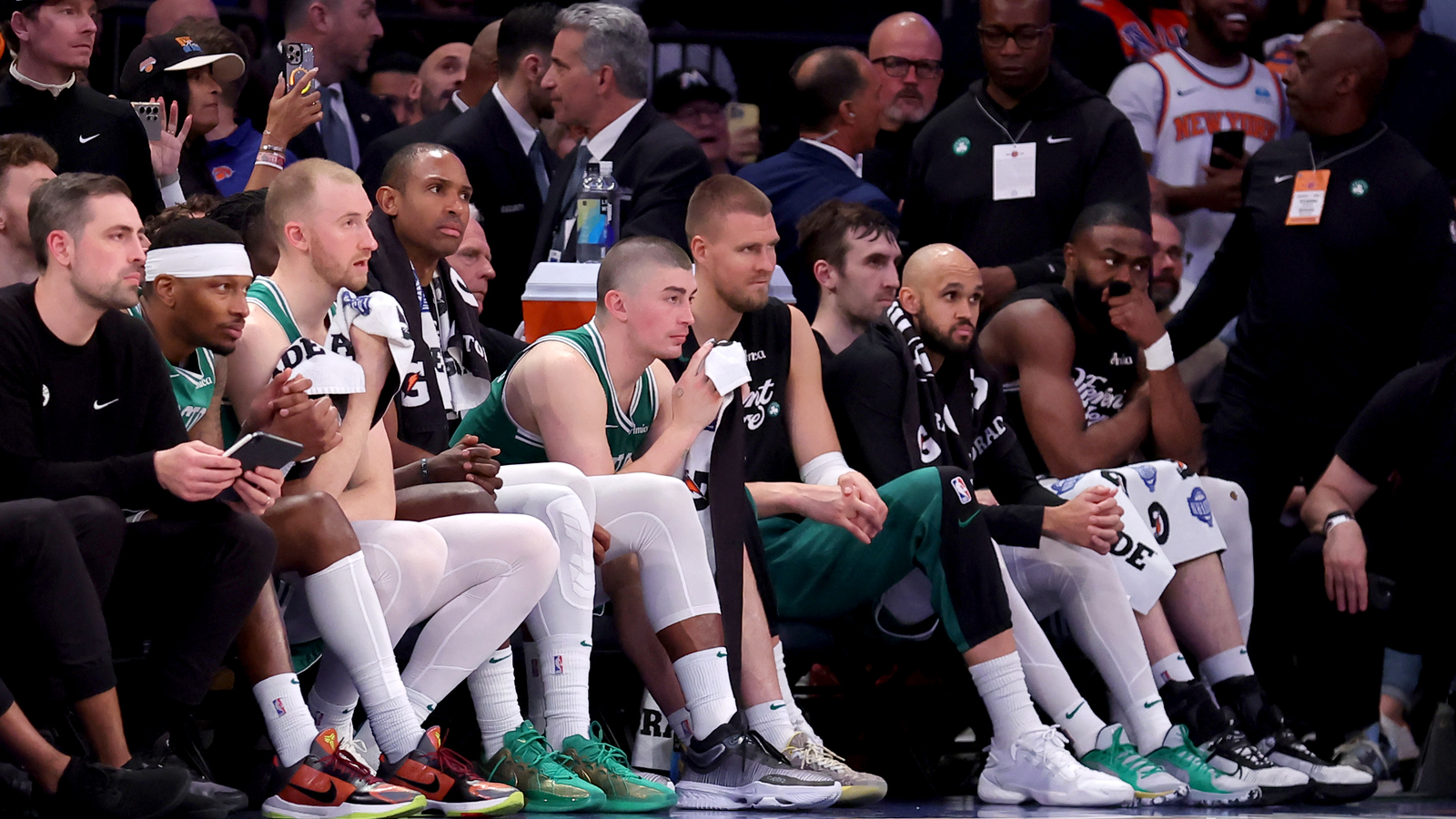Celtics offseason primer: The timeline just got bumped up a year
The Celtics therefore enter the offseason at a low ebb. Repeats are never guaranteed, nor ever especially likely, but even if it was to end somehow, it was not supposed to end this way.
It follows logically that Tatum’s absence will change the offseason plans. Torn Achilles are not career-enders like they used to be, but they are about as serious of an injury as a basketball player can have, and there is no title window without him. So there is no point trying to push all in for a title without him.
It is however important to remember two things. Firstly, as will be seen below, the Celtics were already pretty much all-in in pursuit of more titles. And secondly, even with that in mind, there were already rumbles of an offseason rejig coming up, even before Tatum’s injury. So while the huge expense of their roster will make reworking the roster more challenging, the Tatum news will only have increased their motivation for change. After all, the previous aim for 2025-26 is no longer realistic.
With this in mind, here follows a look at the Boston Celtics’ roster and spending options heading into the 2025 NBA offseason.

The first thing to note is the fact that as things stand, the Celtics are on track to have the NBA’s highest payroll in 2025-26. And by quite some way, too. With almost $230 million in committed salary already, the Celtics are far beyond the second apron threshold already, and extremely far beyond the luxury tax threshold. They are therefore going to be very restricted when it comes to what they can do.
The cost (metaphorical) of having so many good players is the cost (literal) of all those good players. Tatum ($54,126,380 estimated; see below), ($53,142,264) and ($32,400,000) will eat up almost the entire salary cap between them, and adding ($30,731,707) to that puts the Celtics in luxury tax territory for just four players. The expense does not stop there, either; the much-improved ($28,100,000) will get a pay rise next season, as will bench shooter ($10,044,044). And then there is Sixth Man of the Year award winner, , whose $7,232,143 mercifully represents a bargain.
Boston’s payroll is more than $13 million ahead of the Cleveland Cavaliers in second place, and while Cleveland will be both willing and able to run back almost all of what they had, they have youth on their side. The Celtics are tied for the fifth-oldest team in the league, and have little in the way of premium incumbent youth who can replenish the squad from within.
This is not to say that the roster is flawed in its construction, of course; with a front eight like they have had for the past couple of seasons, the Celtics have been enviably strong at all positions. But at a time when the money is tight, and the justification for spending more of it diminished, they are about to get weaker up front because of some key free agents.

While the exact value of the “second apron” threshold for next season will not be precisely determined until after the July Moratorium, the current official NBA projection of $207,824,000 is so far underneath the Celtics’ projected $227 million payroll that it should hereafter be assumed that they will be over it. And that means that, essentially, they will be limited to just using the minimum salary contract to add external free agents.
Being over the second apron prohibits teams from transacting in various different ways beyond just their free agency exceptions. In trade, they can neither aggregate contracts nor trade multiple players in the same deal, and they are also forbidden from sending cash out in trades. Trade exceptions from previous years are also not able to be used, and second apron teams cannot trade first-round picks that are seven years in the future, limited only to six.
Working in the Celtics’ favour, however, is that they have no bad contracts to trade. Every player they have will be desirable elsewhere. For instance, if they wind up making moves such as moving off of Hauser’s contract to save millions in luxury tax – it bears repeating that without Tatum, next year is not one for luxuries – in lieu of signing someone like his similar namesake for a lower price, they can do that without attaching much draft capital to do so. And if they do need to use their draft picks in this way, they have more picks to work with than many of their peers.

Horford’s second stint with the Celtics might be about to end. But it seems as though his career might now. Turning 39 in June – which is the equivalent of 79 in normal employment years – Horford is long past the retirement age for most of his peers, and has reached the stage where he has to answer the question of when he will finally call it quits every year. but as recently as this week, he refuted the idea and said he wants to be back in the NBA for his age-40 season, and with the Celtics.
Given that he is still willing, and still good – playing perimeter defense far better than a 39-year-old big man with increasingly heavy legs should rightly do – the unison makes sense. The Celtics need to save on payroll and reload for 2026-27, but that does not require turning their backs on a loyal soldier who still wants to be there, who has wisdom to impart, and who absolutely still has a role to play on the court. In no way is this a -esque situation. (Although the Celtics would sorely love Horford to take a pay cut to Haslem’s minimum deals if they could.)

Another center to enter free agency will be Kornet, whose striking career reinvention (that completely defies the modern orthodoxy, going from the outside-in) has made him the best version of himself by quite some way. At this point, the newly-dominant interior player that is Kornet 2.0 is one of the most underrated players in the game. And as such, he has also been one of the most underpaid.
Kornet re-signed with the Celtics to open free agency last season, doing so for the minimum salary, even when better financial offers were available to him. He did this despite posting a VORP rating of 1.3, which he has increased to 1.8 this past season. Noble, certainly. But perhaps not something to repeat. Turning 30 this summer, Kornet has opened himself a big earning window, and he should step through it while he still can.
The restrictions of the second apron do not extend to prohibiting teams from re-signing their own players, and because they first signed him in February 2022, the Celtics will have full Bird rights on Kornet, allowing them to re-sign him for anything up to his maximum possible salary. Obviously, he will not be getting that. But nor should he be getting the minimum again, either.

Craig has only been with the Celtics for a few months, signed for the remainder of the season in February having been waived by the Chicago Bulls earlier in the week. He now has eight years of NBA experience, and a key part of that experience is understanding his role – shoot open jumpers, stay humble about his dribbling ability, take few risks offensively and lay it all out there defensively across three positions. And he keeps getting work because he is good at it.
If the Celtics are going to take a gap year, though, then perhaps they are not the right team for Craig next season, nor is he for them. Craig is the kind of player best suited to a team with genuine title aspirations, and not baseless ones like the Bulls – as an unproblematic plug-and-play heady veteran with no upside but a solid floor, who contributes on both ends of the court with minimum fuss and even fewer dribbles, he can surely get a new gig elsewhere. The Celtics, meanwhile, should probably use the enforced gap year to see what they have with .
13, including one team option (J.D. Davidson)
: 1 (Miles Norris)
$223,292,391
$4,492,412
$227,784,803
$154,647,000
$187,895,000
$195,945,000
$207,824,000

(* estimated amount, due to the exact maximum salary determination not being made until the July moratorium)
$242,486,496 through 2028-29 (* as above)

$53,142,264
$236,187,840 through 2028-29

$32,400,000
$67,200,000 through 2026-27

$30,731,707
$30,731,707 through 2025-26

$28,100,000
$91,044,000 through 2027-28

$10,044,644
$45,000,000 through 2028-29

$7,232,143
$23,303,571 through 2027-28

$2,619,000
$2,619,000 through 2025-26

$2,546,675
$2,546,675 through 2025-26

$2,349,578 (partially guaranteed)
$1,174,789 through 2025-26
Additional notes:

$2,270,735 (team option/unguaranteed)
None

$2,221,677
$2,221,677 through 2025-26
Signed to a two-way contract
None

$18,050,000
Full-Bird (unrestricted)

$2,296,274
Full-Bird (unrestricted)

$2,296,274
Non-Bird (unrestricted)

Cap hold: $2,048,494
Type of free agent: Early-Bird (restricted)
Additional notes:









